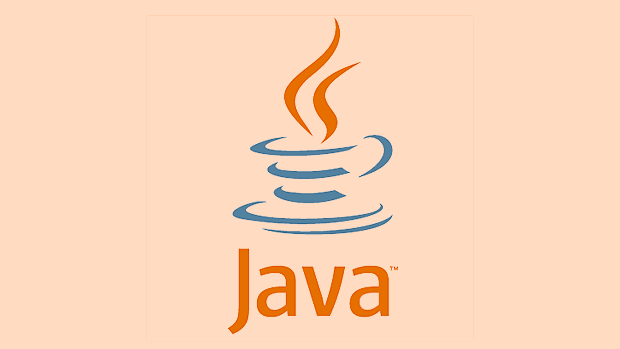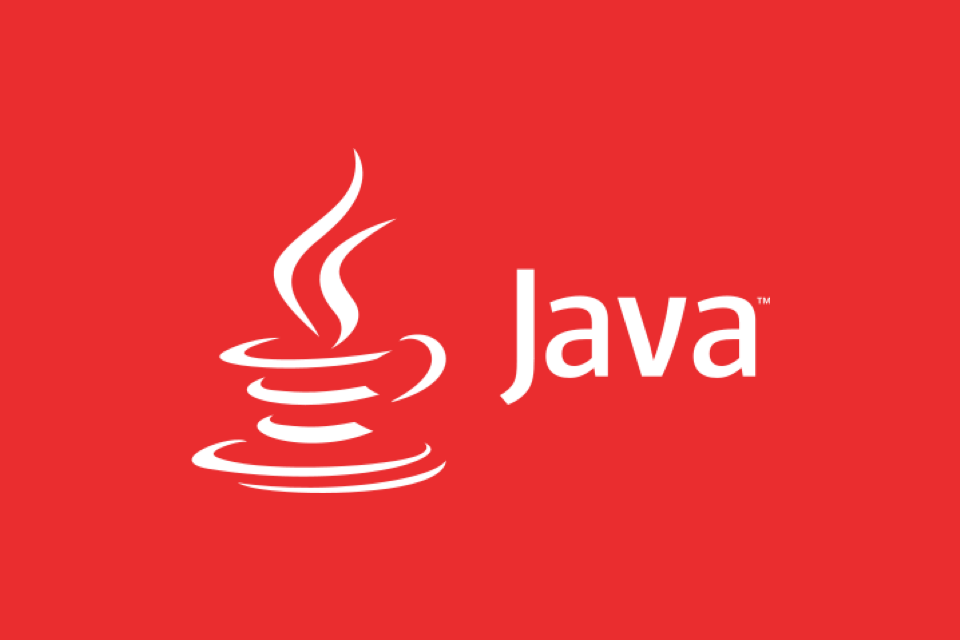Advanced concepts of JMS include message groups, message selectors, transaction and confirmation modes, and dead letter queues. The message group ensures that the same group of messages are processed by the same consumer through JMSXGroupID to ensure sequence; the message selector filters messages based on attributes, such as MessageConsumer consumer = session.createConsumer(topic, "eventType = 'login'"); the transaction supports Session.SESSION_TRANSACTED mode, realizing the atomicity of sending and receiving operations; the dead letter queue captures multiple failed messages, which facilitates subsequent analysis and retry, and improves the system's fault tolerance capabilities.

In working with Java Messaging Service (JMS), it's easy to get the basics down—topics, queues, producers, and consumers. But once you're past the fundamentals, there are several advanced concepts that can make your messaging system more robust, scalable, and reliable.

Here are a few key areas worth diving into if you're building or maintaining serious JMS-based applications.
Message Groups
Message groups solve a common problem in distributed systems: how to ensure message ordering when using multiple consumers.

Normally, messages sent to a queue can be processed by any number of consumers. That's great for scalability but bad if message order matters. For example, if you're processing stock trades for a particular account, you don't want trade B being processed before trade A just because two different consumers picked them up out of order.
How it works:

- Each message is assigned a group ID (
JMSXGroupID) that identifies a logical group. - The JMS provider ensures that all messages in the same group are processed by the same consumer at a time.
- Once one consumer picks up a group, no other consumer will process messages from that group until they're released.
This gives you per-group ordering while still allowing parallelism across groups.
Tip: Be careful not to assign too many messages to a single group. If you do, you'll lose the benefits of parallel processing.
Message Selectors
Sometimes, you don't want every consumer to receive every message. That's where message selectors come in handy.
Selectors allow consumers to filter which messages they receive based on message header properties or custom properties set by the producer.
Example:
Say you have a topic that broadcasts user events like login, logout, profile update, etc. You might have separate consumers interested only in specific types of events.
MessageConsumer consumer = session.createConsumer(topic, "eventType = 'login'");
In this case, the consumer only receives login events.
Use cases include:
- Routing messages to different services based on content type
- Sending test messages to special test consumers without affecting live ones
- Implementing lightweight pub/sub filters without managing multiple topics
Note: Not all JMS providers implement selectors with the same performance. In high-throughput environments, test how selectors affect delivery speed.
Transactions and Acknowledge Modes
Getting message delivery right means understanding transactions and acknowledgment modes.
When you receive a message, you need to tell the broker whether you've handled it successfully. If something goes wrong, you probably want the message redelivered.
There are a few main acknowledge modes:
-
Session.AUTO_ACKNOWLEDGE– automatically acknowledges receive once the message is received -
Session.CLIENT_ACKNOWLEDGE– requires the client to explicitly callmessage.acknowledge() -
Session.DUPS_OK_ACKNOWLEDGE– lazy acknowledgment that may result in duplicates but improves performance -
Session.SESSION_TRANSACTED– enables local transactions (more on that below)
Transactions let you bundle message sends and receives together so that either all succeed or none do. This is useful when you need to coordinate between message consumption and database updates.
Session session = connection.createSession(true, 0);
MessageProducer producer = session.createProducer(queue);
TextMessage message = session.createTextMessage("Hello");
producer.send(message);
session.commit(); // All operations in this session are committed If an exception happens before calling commit , you can roll back and retry.
Important: Transactions are local to a session and don't span multiple resources unless you use XA transactions and a transaction manager.
Dead Letter Queues (DLQs)
No matter how solid your system is, some messages won't be processed correctly. Whether it's due to malformed data, failed business logic, or external service issues, eventually you'll run into messages that keep failing.
Dead letter queues act as a safety net. When a message fails to be delivered after a certain number of attempts, it gets moved to the DLQ instead of endlessly looping through your system.
How to configure it depends on the JMS provider , but most brokers offer settings like:
- Max redelivery attempts
- Time delay between retries
- Target dead letter queue name
Once messages end up in the DLQ, you can inspect them manually or build a tool to reprocess them later.
Pro tip: Monitor your DLQ regularly. It's often the first place to look when things start going wrong downstream.
These aren't the only advanced features in JMS, but they cover some of the most impactful ones when scaling or troubleshooting messaging systems.
Each concept addresses real-world problems—ordering, filtering, reliability, and error handling—and knowing how and when to apply them make a big difference in system behavior.
Basically that's it.
The above is the detailed content of Java Messaging Queues (JMS) Advanced Concepts. For more information, please follow other related articles on the PHP Chinese website!

Hot AI Tools

Undress AI Tool
Undress images for free

Undresser.AI Undress
AI-powered app for creating realistic nude photos

AI Clothes Remover
Online AI tool for removing clothes from photos.

Clothoff.io
AI clothes remover

Video Face Swap
Swap faces in any video effortlessly with our completely free AI face swap tool!

Hot Article

Hot Tools

Notepad++7.3.1
Easy-to-use and free code editor

SublimeText3 Chinese version
Chinese version, very easy to use

Zend Studio 13.0.1
Powerful PHP integrated development environment

Dreamweaver CS6
Visual web development tools

SublimeText3 Mac version
God-level code editing software (SublimeText3)

Hot Topics
 What is the `enum` type in Java?
Jul 02, 2025 am 01:31 AM
What is the `enum` type in Java?
Jul 02, 2025 am 01:31 AM
Enums in Java are special classes that represent fixed number of constant values. 1. Use the enum keyword definition; 2. Each enum value is a public static final instance of the enum type; 3. It can include fields, constructors and methods to add behavior to each constant; 4. It can be used in switch statements, supports direct comparison, and provides built-in methods such as name(), ordinal(), values() and valueOf(); 5. Enumeration can improve the type safety, readability and flexibility of the code, and is suitable for limited collection scenarios such as status codes, colors or week.
 What is the interface segregation principle?
Jul 02, 2025 am 01:24 AM
What is the interface segregation principle?
Jul 02, 2025 am 01:24 AM
Interface Isolation Principle (ISP) requires that clients not rely on unused interfaces. The core is to replace large and complete interfaces with multiple small and refined interfaces. Violations of this principle include: an unimplemented exception was thrown when the class implements an interface, a large number of invalid methods are implemented, and irrelevant functions are forcibly classified into the same interface. Application methods include: dividing interfaces according to common methods, using split interfaces according to clients, and using combinations instead of multi-interface implementations if necessary. For example, split the Machine interfaces containing printing, scanning, and fax methods into Printer, Scanner, and FaxMachine. Rules can be relaxed appropriately when using all methods on small projects or all clients.
 Asynchronous Programming Techniques in Modern Java
Jul 07, 2025 am 02:24 AM
Asynchronous Programming Techniques in Modern Java
Jul 07, 2025 am 02:24 AM
Java supports asynchronous programming including the use of CompletableFuture, responsive streams (such as ProjectReactor), and virtual threads in Java19. 1.CompletableFuture improves code readability and maintenance through chain calls, and supports task orchestration and exception handling; 2. ProjectReactor provides Mono and Flux types to implement responsive programming, with backpressure mechanism and rich operators; 3. Virtual threads reduce concurrency costs, are suitable for I/O-intensive tasks, and are lighter and easier to expand than traditional platform threads. Each method has applicable scenarios, and appropriate tools should be selected according to your needs and mixed models should be avoided to maintain simplicity
 Differences Between Callable and Runnable in Java
Jul 04, 2025 am 02:50 AM
Differences Between Callable and Runnable in Java
Jul 04, 2025 am 02:50 AM
There are three main differences between Callable and Runnable in Java. First, the callable method can return the result, suitable for tasks that need to return values, such as Callable; while the run() method of Runnable has no return value, suitable for tasks that do not need to return, such as logging. Second, Callable allows to throw checked exceptions to facilitate error transmission; while Runnable must handle exceptions internally. Third, Runnable can be directly passed to Thread or ExecutorService, while Callable can only be submitted to ExecutorService and returns the Future object to
 Best Practices for Using Enums in Java
Jul 07, 2025 am 02:35 AM
Best Practices for Using Enums in Java
Jul 07, 2025 am 02:35 AM
In Java, enums are suitable for representing fixed constant sets. Best practices include: 1. Use enum to represent fixed state or options to improve type safety and readability; 2. Add properties and methods to enums to enhance flexibility, such as defining fields, constructors, helper methods, etc.; 3. Use EnumMap and EnumSet to improve performance and type safety because they are more efficient based on arrays; 4. Avoid abuse of enums, such as dynamic values, frequent changes or complex logic scenarios, which should be replaced by other methods. Correct use of enum can improve code quality and reduce errors, but you need to pay attention to its applicable boundaries.
 Understanding Java NIO and Its Advantages
Jul 08, 2025 am 02:55 AM
Understanding Java NIO and Its Advantages
Jul 08, 2025 am 02:55 AM
JavaNIO is a new IOAPI introduced by Java 1.4. 1) is aimed at buffers and channels, 2) contains Buffer, Channel and Selector core components, 3) supports non-blocking mode, and 4) handles concurrent connections more efficiently than traditional IO. Its advantages are reflected in: 1) Non-blocking IO reduces thread overhead, 2) Buffer improves data transmission efficiency, 3) Selector realizes multiplexing, and 4) Memory mapping speeds up file reading and writing. Note when using: 1) The flip/clear operation of the Buffer is easy to be confused, 2) Incomplete data needs to be processed manually without blocking, 3) Selector registration must be canceled in time, 4) NIO is not suitable for all scenarios.
 How Java ClassLoaders Work Internally
Jul 06, 2025 am 02:53 AM
How Java ClassLoaders Work Internally
Jul 06, 2025 am 02:53 AM
Java's class loading mechanism is implemented through ClassLoader, and its core workflow is divided into three stages: loading, linking and initialization. During the loading phase, ClassLoader dynamically reads the bytecode of the class and creates Class objects; links include verifying the correctness of the class, allocating memory to static variables, and parsing symbol references; initialization performs static code blocks and static variable assignments. Class loading adopts the parent delegation model, and prioritizes the parent class loader to find classes, and try Bootstrap, Extension, and ApplicationClassLoader in turn to ensure that the core class library is safe and avoids duplicate loading. Developers can customize ClassLoader, such as URLClassL
 Exploring Different Synchronization Mechanisms in Java
Jul 04, 2025 am 02:53 AM
Exploring Different Synchronization Mechanisms in Java
Jul 04, 2025 am 02:53 AM
Javaprovidesmultiplesynchronizationtoolsforthreadsafety.1.synchronizedblocksensuremutualexclusionbylockingmethodsorspecificcodesections.2.ReentrantLockoffersadvancedcontrol,includingtryLockandfairnesspolicies.3.Conditionvariablesallowthreadstowaitfor






